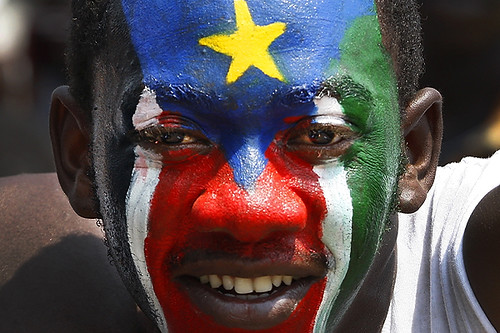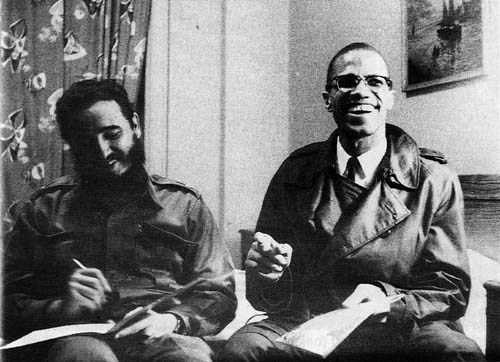racism
Martin Luther King Day: The gulf between promise and fulfillment
[For more on Martin Luther King, click HERE.]
By Billy Wharton
January 16, 2012 -- Socialist Webzine, posted at Links International Journal of Socialist Renewal with permission -- More than 40 years since the death of Martin Luther King Jr., his significance remains an uneasy battleground between those wishing to sanitise his legacy and those seeking to draw inspiration from his radical deeds and words.
African Americans and #Occupy: a convergence of interests
By Malik Miah, San Francisco
December 7, 2011 -- Green Left Weekly/Links International Journal of Socialist Renewal -- What strikes you about the Occupy Wall Street (OWS) movement and its popular slogan “We are the 99%” is how much the central demand of the movement resonates with the Black community. African Americans, with few exceptions, are in the bottom 20% of income and wealth. Double digit unemployment is the norm in “good” economic times. Yet the social composition of most OWS occupations (some 10,000 including college campuses) has had few Black faces including in urban areas with large Black populations.
The reality of high unemployment, few job opportunities, poverty and inadequate health care has most poor people trying to survive. It is why African Americans are not visible in large numbers.
In many cases, however, African Americans are taking to the streets. They are using civil action to protest police brutality and the shutdown of community schools, hospitals and obvious acts of discrimination.
These protests, while widely known in the Black community and Black-oriented media, rarely get prominence in the mainstream newspapers and networks.
Europe: Old racist poison in new bottles

Marine Le Pen, daughter of the racist founder of the National Front in France, Jean Marie Le Pe
Martin Hart-Landsberg: Yes, Virginia, there is a 1%

For more on the Occupy movement, click HERE.
By Martin Hart-Landsberg
October 24-November 7, 2011 -- Reports from the Economic Front, posted at Links International Journal of Socialist Renewal with permission -- The Occupy Wall Street movement has succeed in forcing the media to acknowledge the extent and seriousness of income inequality. In many ways wealth inequality is a bigger problem, since it is wealth that largely underpins income and power differences.
According to an Economic Policy Institute posting,
the richest 5 percent of households obtained roughly 82 percent of all the nation’s gains in wealth between 1983 and 2009. The bottom 60 per cent of households actually had less wealth in 2009 than in 1983, meaning they did not participate at all in the growth of wealth over this period.
It is worth dividing the top 5% into what has now become two familiar groups, the top 1% and the next 4%.
COSATU leader on South African and Israeli apartheid

Address by Zwelinzima Vavi, general secretary of
How socialists work to win mass support

By Dave Holmes
Challenges for independent South Sudan; Behind the clashes in Blue Nile, South Kordofan and Darfur

South Sudan celebrates independence.
Black liberation and the Communist International

Claude McKay.
By John Riddell
September 11, 2011 -- This article also appears at http://johnriddell.wordpress.com, posted at Links International Journal of Socialist Renewal with John Riddell's permission -- The influence of the Communist International was decisive in the early 1920s in winning a generation of black revolutionaries to Marxism. On this the historians agree. But what did this influence consist of, and how was it exerted?
Lucy Parsons: 'More dangerous than a thousand rioters'

Lucy Parsons, 1930: "I have seen many movements come and go. I belonged to all of those movements. I was a delegate that organized the Industrial Workers of the World. I carried a card in the old Socialist Party. And now I am today connected with the Communists."
By Keith Rosenthal
Evolution not 'reinvention': Manning Marable's Malcolm X

Malcolm’s political evolution was influenced by his own experiences and his discussions with Fidel Castro an
As COP17 approaches: Dirty Durban’s manual for climate greenwashing

Durban’s infamous Bisasar Road dump: Africa’s largest “Clean Development Mechanism” is one of the world’s prim

